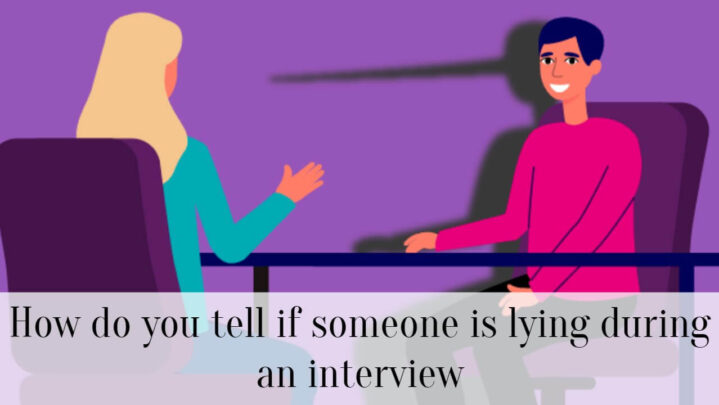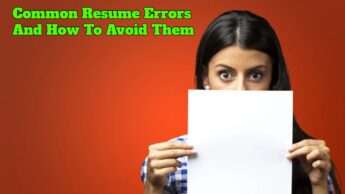Use open-ended questions: This will allow the interviewee to provide a more thorough response, making it simpler to identify contradictions in their story.
Look for any contradictions or inconsistencies: In their comments as you pay close attention to the interviewee’s responses. Someone can be dishonest if they frequently alter their explanation or show hesitation when responding to a certain query.
Use Nonverbal communication: While I said previously that humans have the ability to identify bodily clues, in-person interviewers should be on the lookout for non-verbal indications and can keep a watch out for symptoms including anxiousness, avoidance of eye contact, and fidgeting. It’s important to keep in mind that these indications could not necessarily be signs of lying and instead could be caused by uneasiness or trepidation.
Verify what they say: If you think someone is lying, ask them for proof to support their statements. Ask for the names of their manager or coworkers, for instance, if they mention having worked for a specific organization.
Use lie detector technology: To determine whether someone is lying, several businesses employ technology like voice stress analysis or lie detector exams. It’s crucial to remember that these methods’ accuracy is not always dependable.
It’s crucial to remember that these methods aren’t perfect, and someone could tell a good enough lie. To make the greatest recruiting decision, it’s critical to go into the interview with an open mind, formulate the appropriate questions, and pay close attention to the responses.





